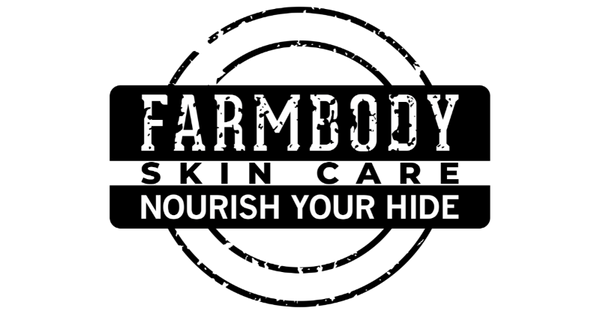Are You ‘Green Washing’ Your Hair?
Share
We’ve been told that sulfates are bad for our hair and skin. Sulfates, commonly known as sodium laureth sulfate (SLS) and sodium laureth ether sulfate (SLES) are detergents, known as a class of surfactants that are commonly found in most shampoos, permanent hair color products, shower gels, hand soaps, toothpaste and laundry and dish detergents. They’re added to products to create a lather and remove dirt and oils from our hair and skin. When sulfates are used in shampoos,
they can strip the hair of natural oils and make it feel dry and damaged. They also can cause irritation to the scalp and hands and lead to acne.
The theory that sulfates can cause cancer has been debunked, It was determined that sulfates were safe for brief use on the skin and then washed off. Note the word brief. Experts do have
concerns specifically with SLS due to the manufacturing process of the chemical. Through a process of ethoxylation, SLS is contaminated with 1,4-dioxane. According to the Environmental Protection Agency, this chemical is likely to be carcinogenic to humans; however, companies aren’t required to list it on the product labels.
So what are we to do? Fortunately, a whole new breed of cleansers has been developed that are sulfate-free. However, even though the label may boast “sulfate-free, paraben-free, phthalate-free” and more, it may not be as safe for us as we would like to assume. Let’s dive into the other ingredients of some top selling shampoos and see if things are squeaky clean or if we are just ‘green washing’ our hair.
For the purposes of rating ingredients, we will use the reliable rating system from the Environmental Working Group’s website, EWG.org. A rating of one is safe and a 10 is the worst
possible score.
Cocamidopropyl betaine: This is the main surfactant alternative to SLS that is being used in the shampoos that we sampled. It is used with other surfactant to boost lather because sulfate-free
surfactants are low in lather. SLS has a score of 3 and, ironically, cocomidopropyl betaine, the main ingredient it is being replaced with, has a score of 4. It is a known skin irritant and through
the manufacturing process becomes contaminated with nitrosamines which rate a 6.
Sodium chloride: This is just table salt and does not have a rating on EWG.org. It gets a mention here because it is used as an inexpensive shampoo thickener and many brands use it.
The hidden danger is that salt may be the cause of dry, itchy scalp in addition to hair loss.
PEG-55, PEG’s: Used as emulsifiers to keep the shampoo from separating, PEG’s are rated as a 3. Through manufacturing they may be contaminated with ethylene oxide (a 10), and 1,4-dioxane (an 8).
Laureth-23, Laureth-4: Used as a cleansing agent, it is rated as a 2-3 but may be contaminated with ethylene oxide (10) and 1,4-dioxane (an 8).
Dimethylamine: Used as an emulsifier, anti-static agent and conditioner, it is rated a 6 to 7. It is a known skin irritant and has a possible immune system toxicity.
Propylene glycol: Used to retain moisture, soften hair, and help with comb through, it is rated a 3. It is a known skin, eye and lung irritant.
Below are common preservatives being used as an alternative to parabens. On the EWG parabens are rated as a 4.
DMDM hydantoin: This ingredient, a known skin irritant and toxicant rated a 7, is a formaldehyde releaser. These preservatives are commonly found in dish detergents and lotions
and often cause itchy, watery bumps on the hands.
Methylchloroisothiazolinone and methylisothiazolinone: These ingredients, banned in Europe, are most commonly used together and are listed known skin irritants and toxicants. The EWG rating is a 6 and 7, respectively. They also are commonly found in dish detergents and lotions.
While these are the top culprits, there are plenty more. It’s important for us to be educated about what we put on our skin, which is our largest organ. Natural alternatives do exist, but we must be diligent in reading the labels. We all can become avid label readers and ingredient detectives and websites like EWG.com make it as easy as possible. By staying informed, we can live better.
Cindy Allyn is the creator of Farmbody Skin Care in the Hudson Valley. She has created a safe, transparent brand of skin care products that can be used from head to toe. To learn more, visit
FarmbodySkinCare.com.
